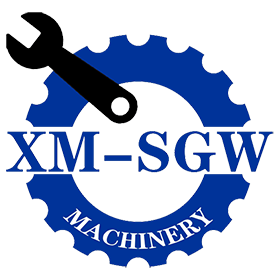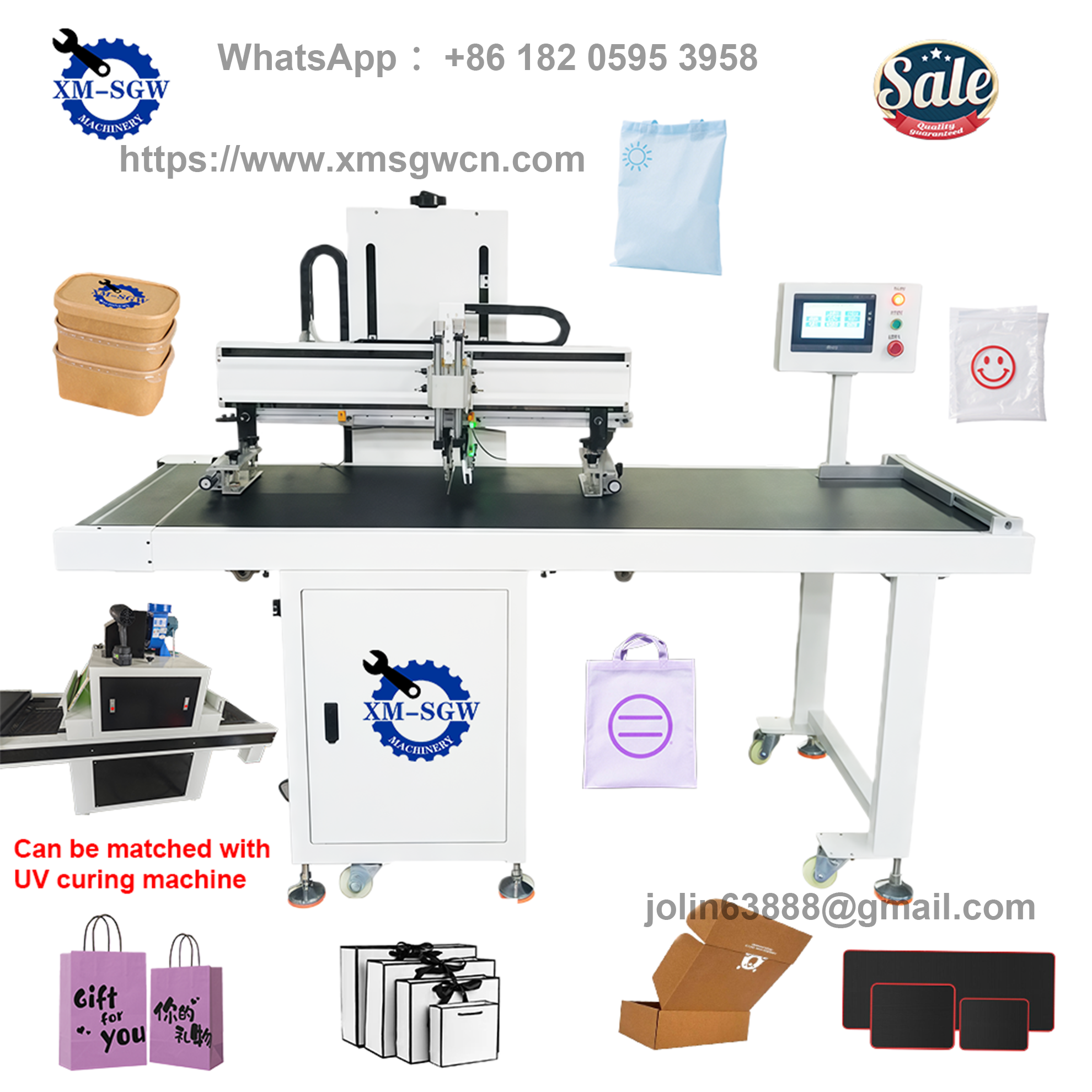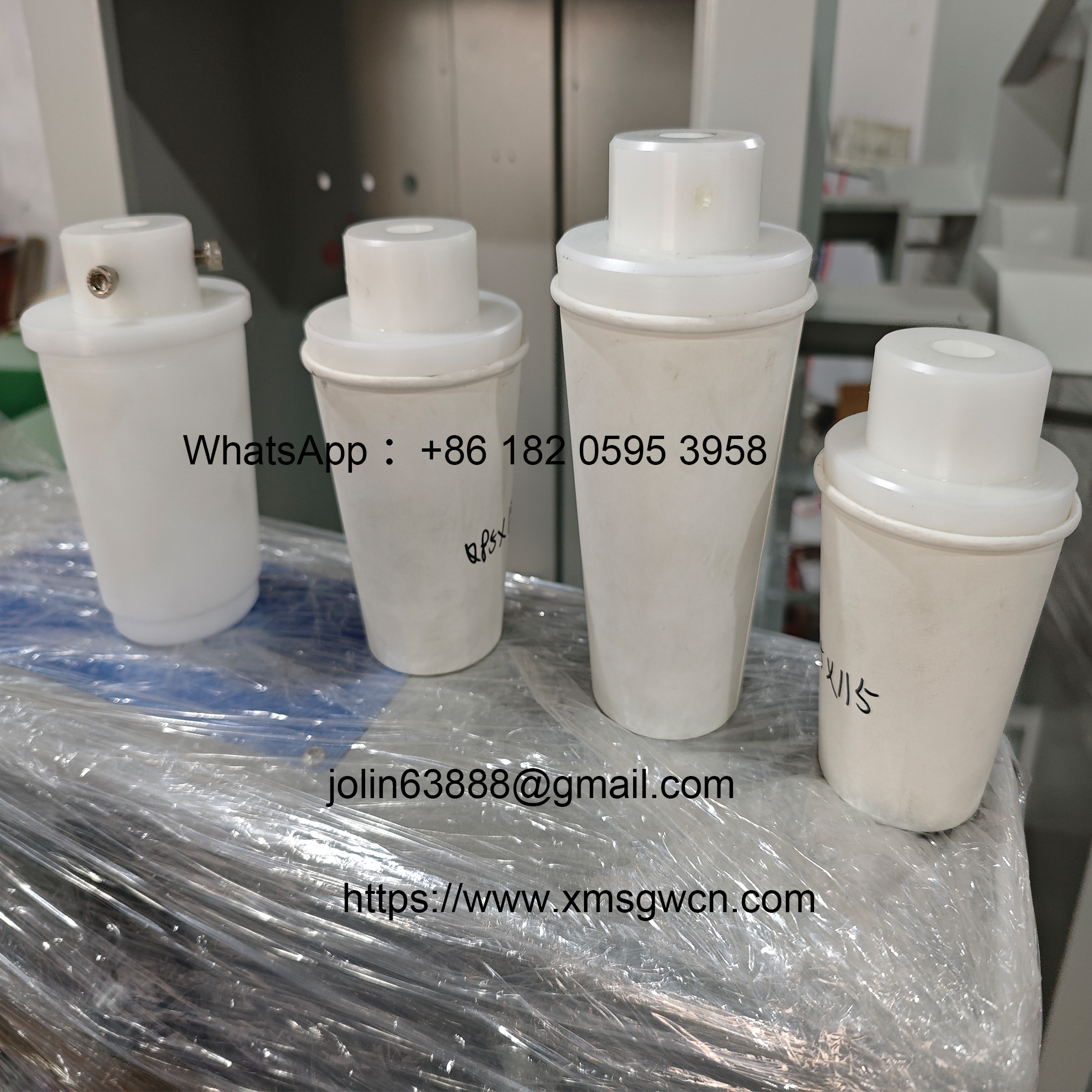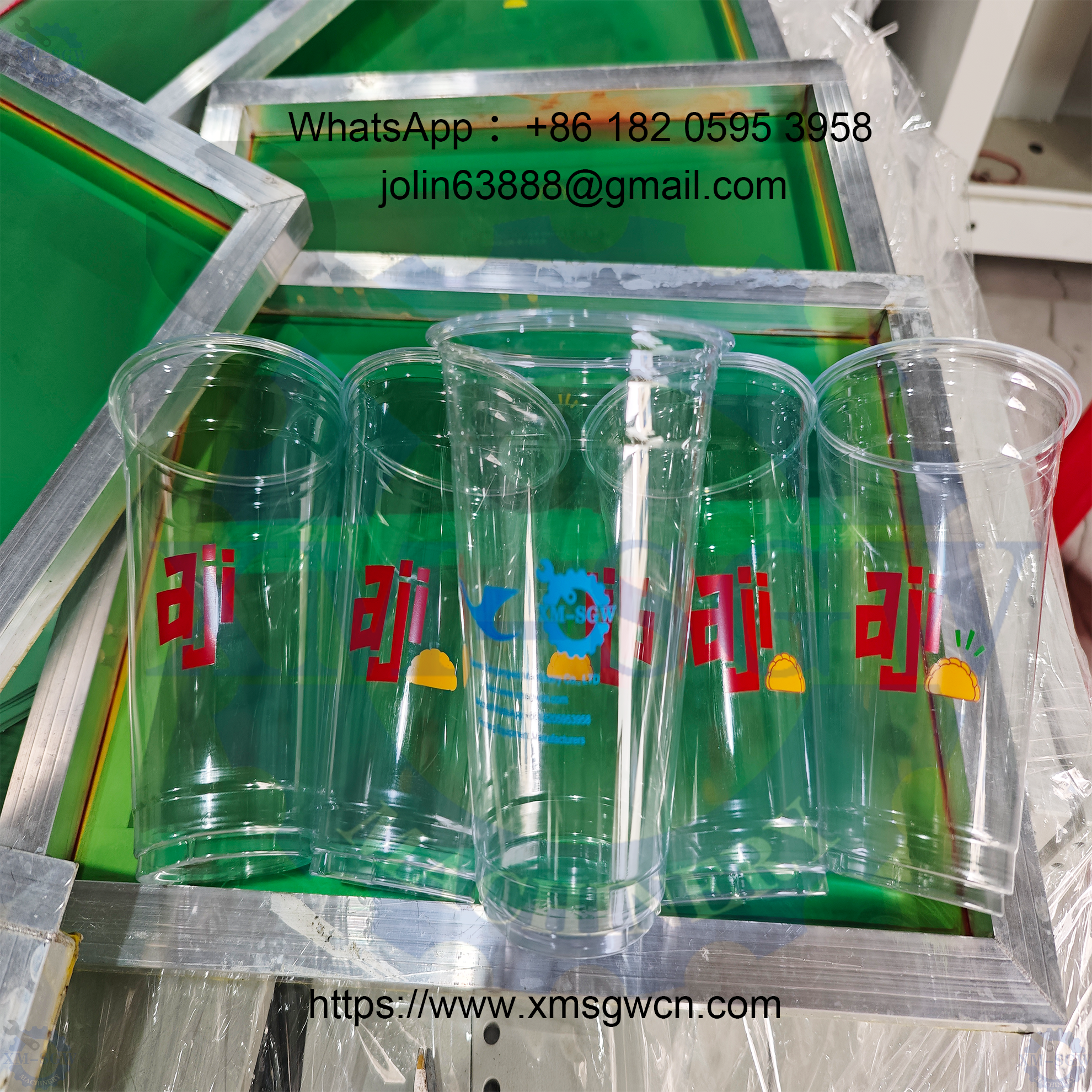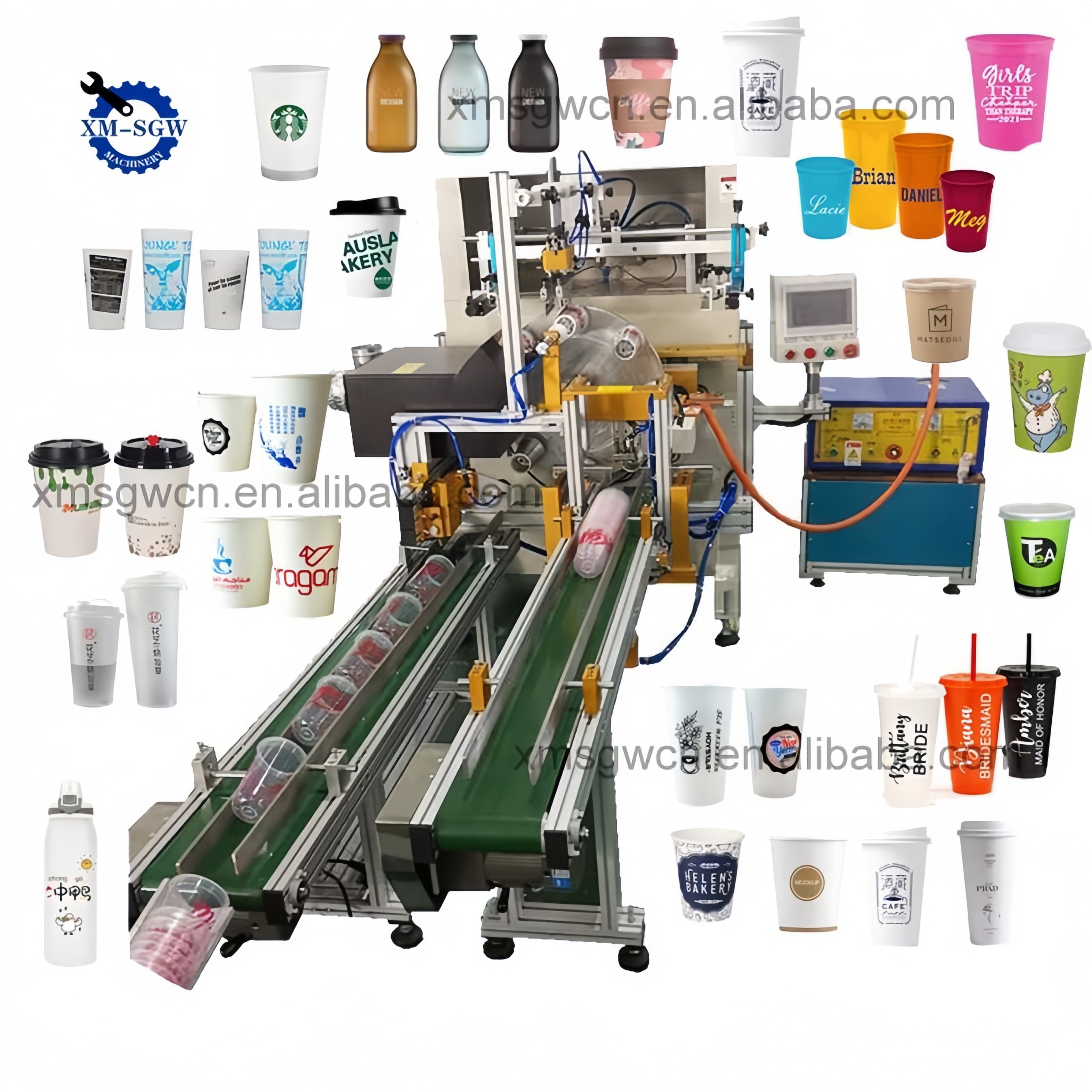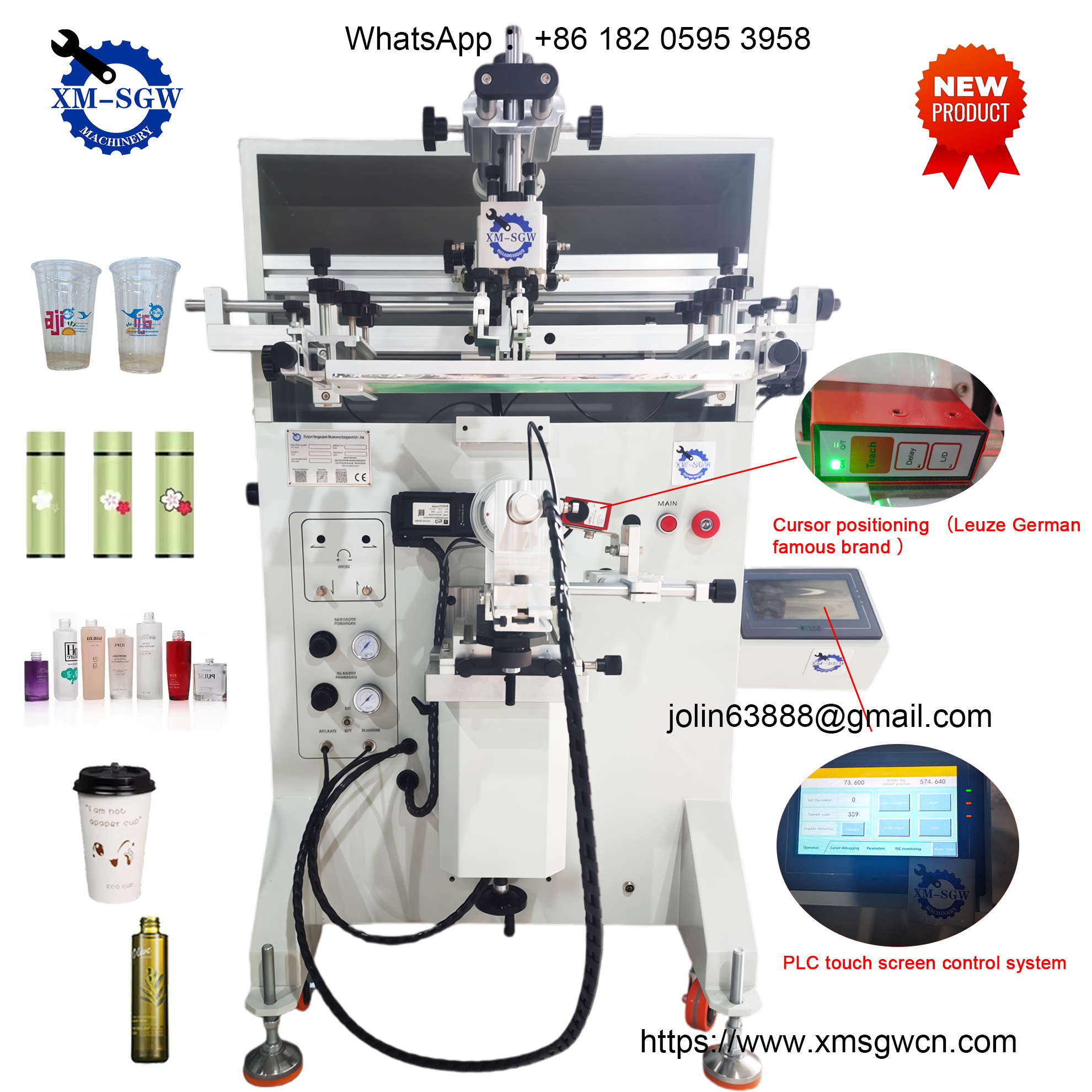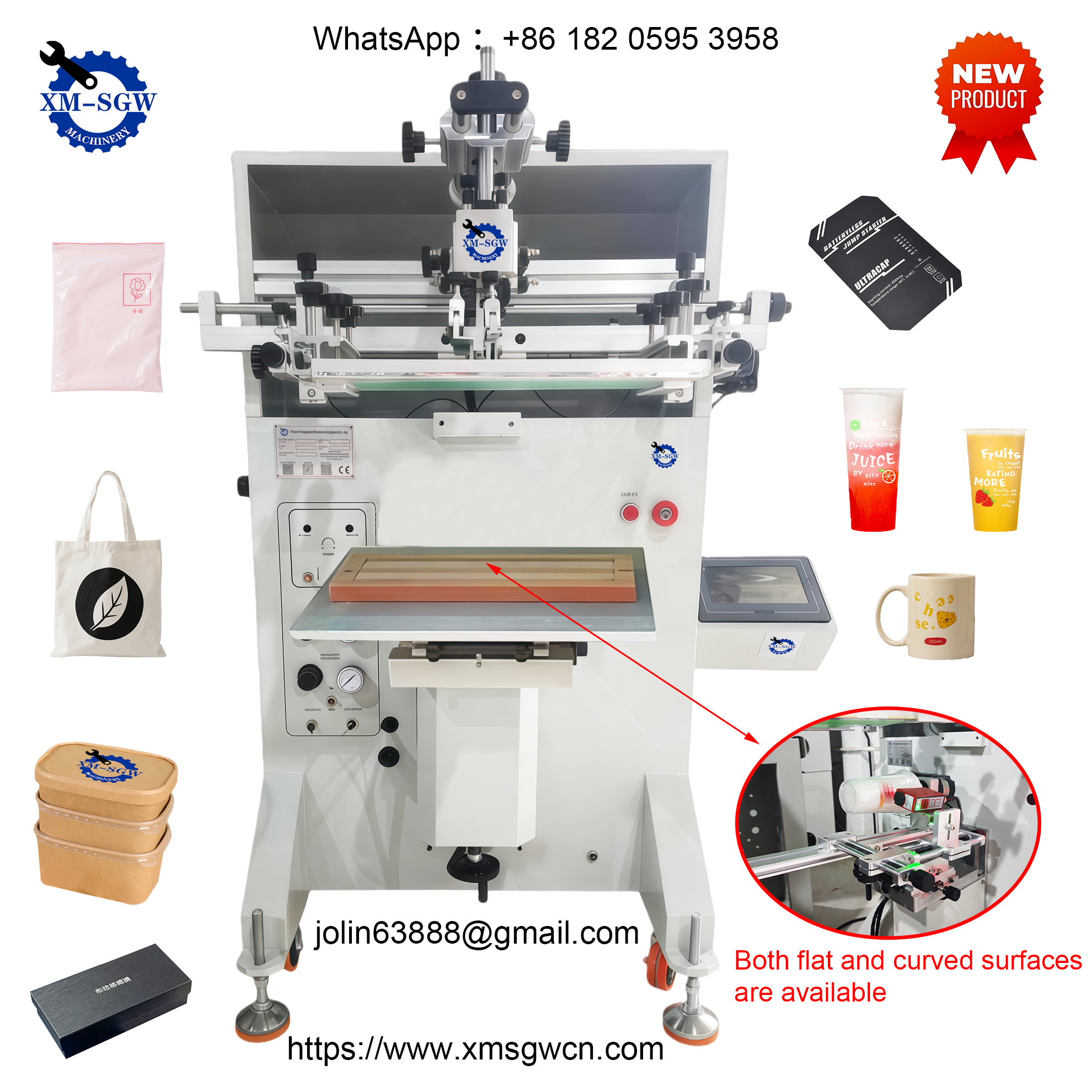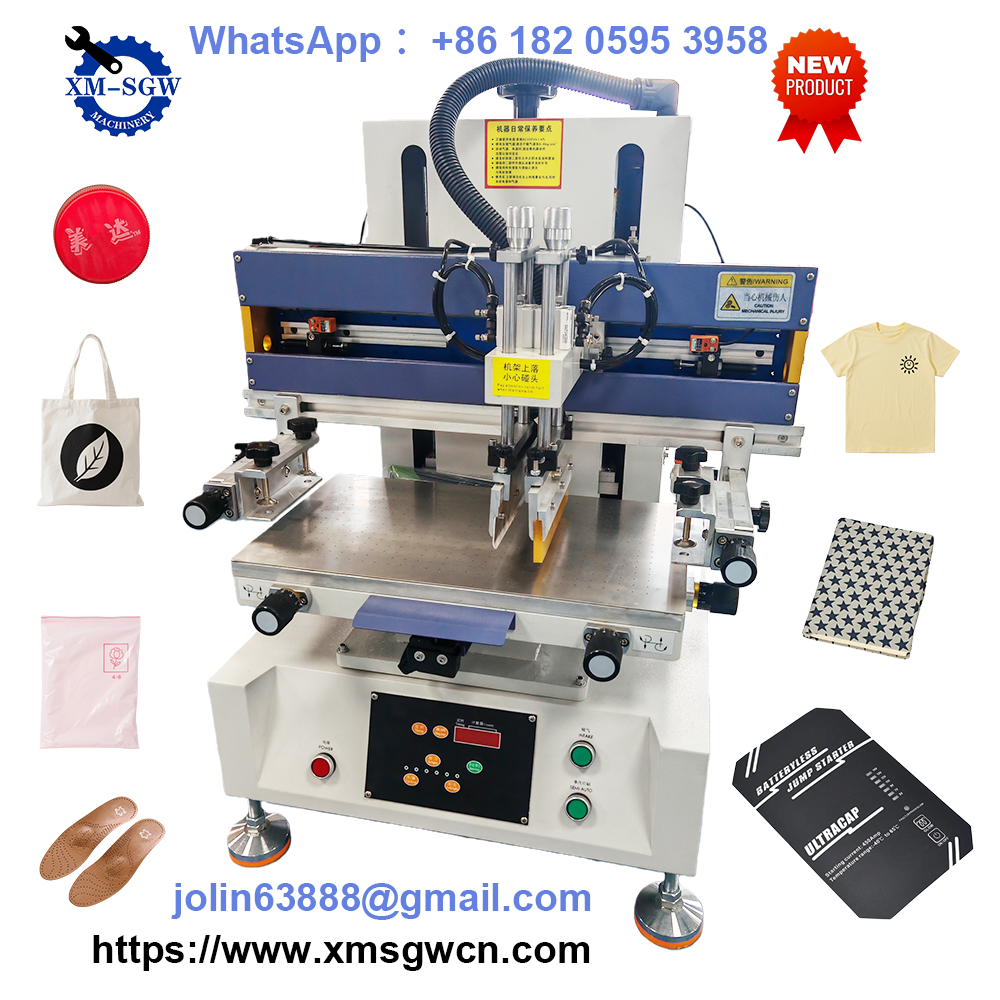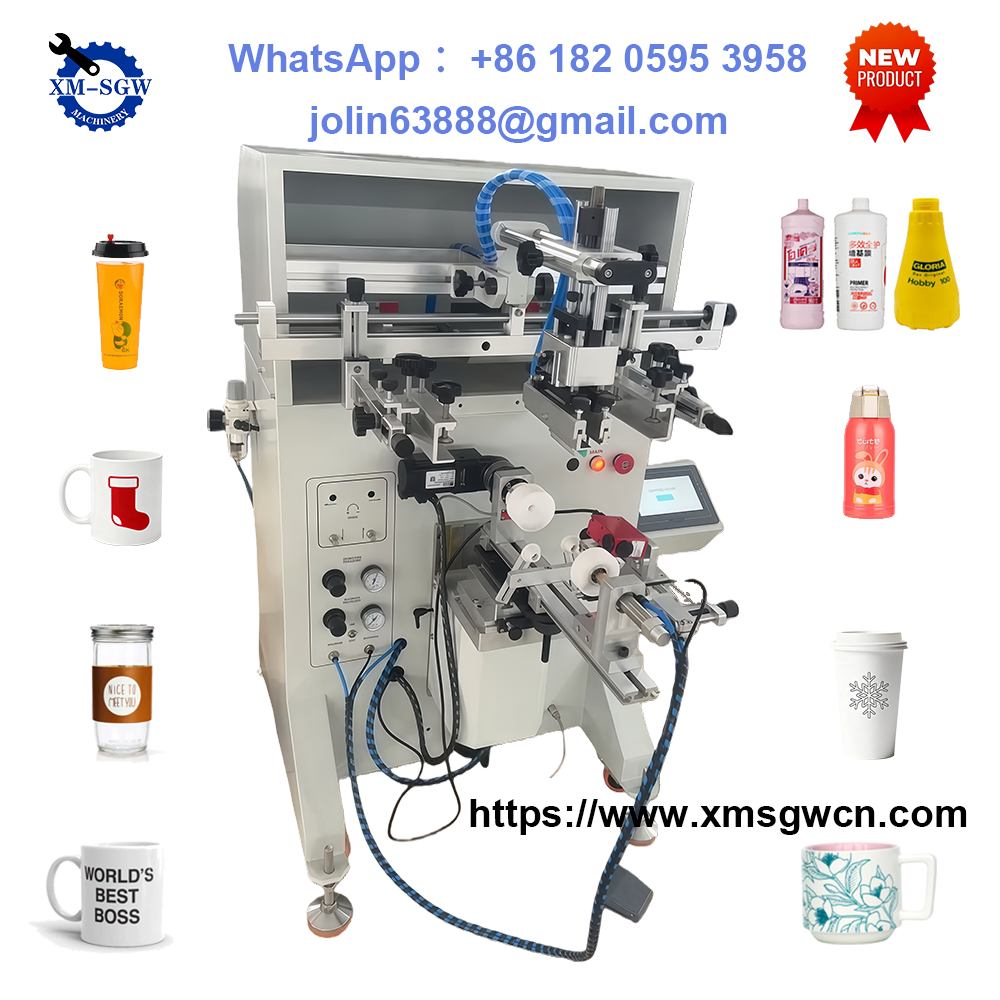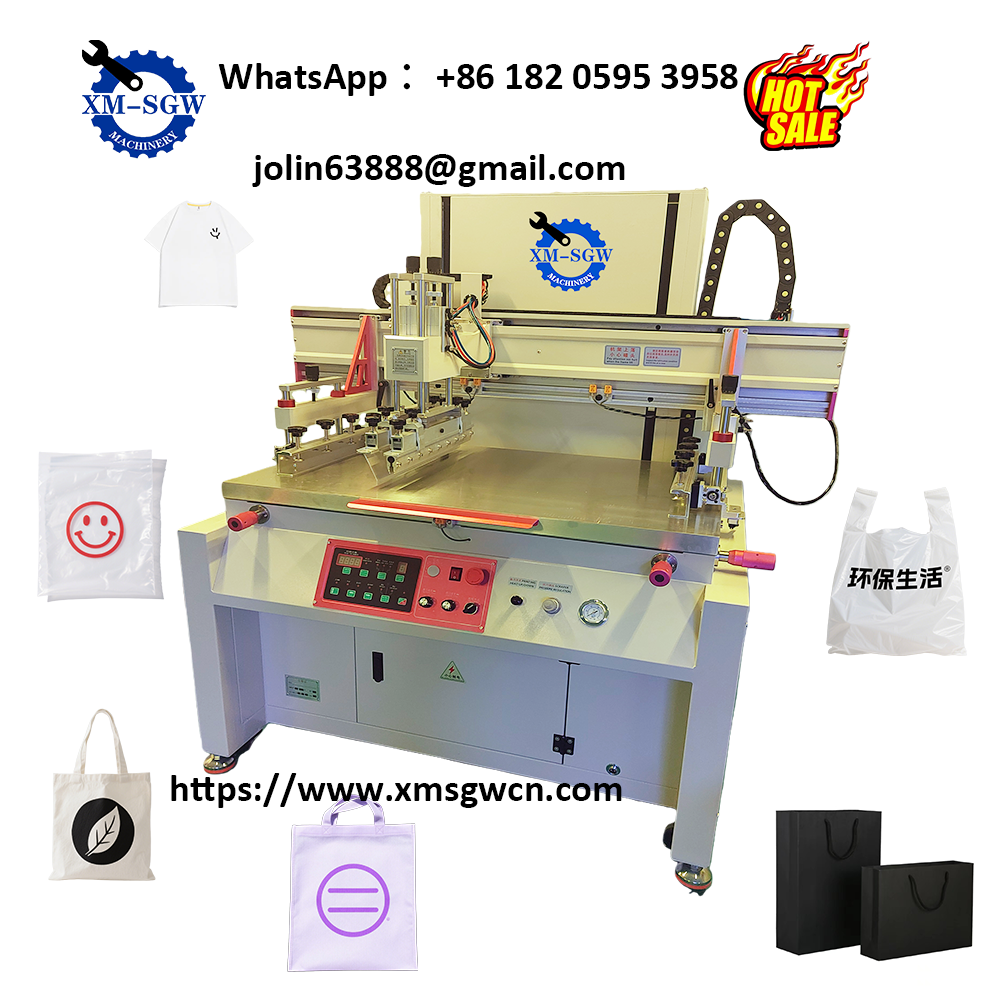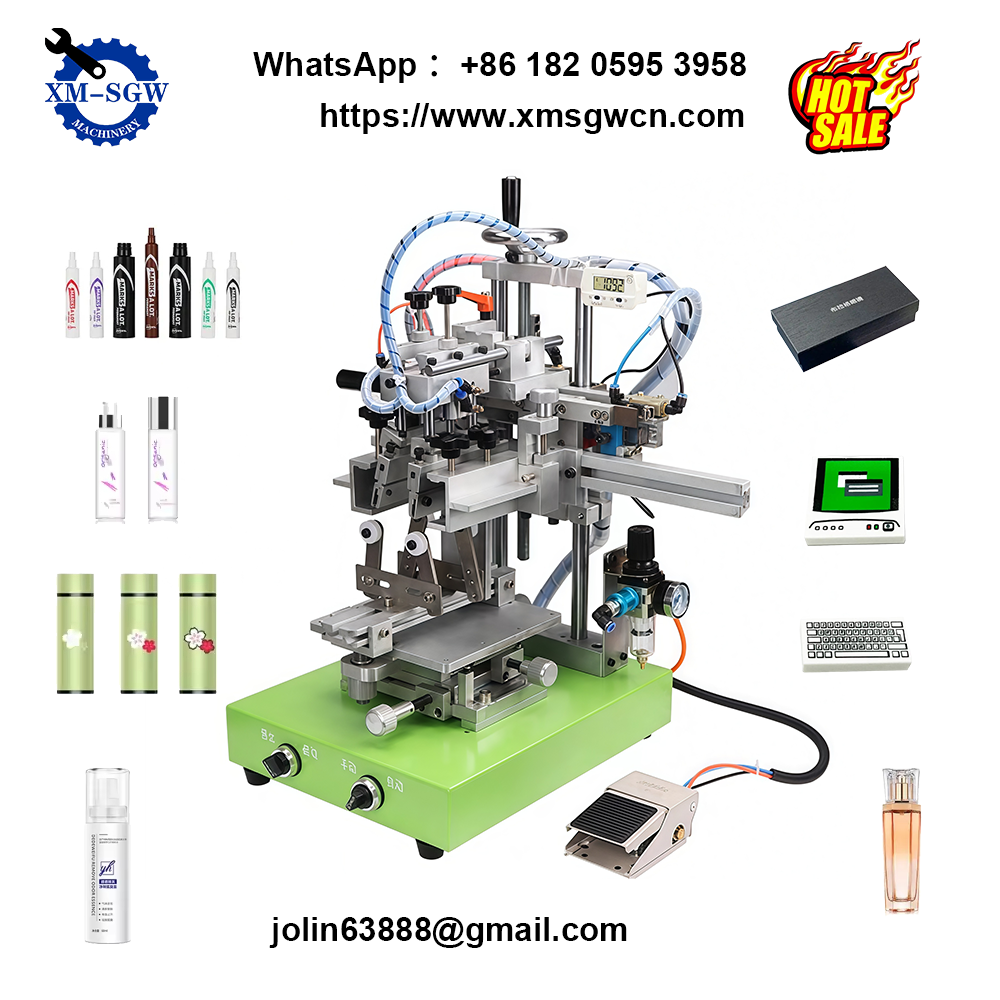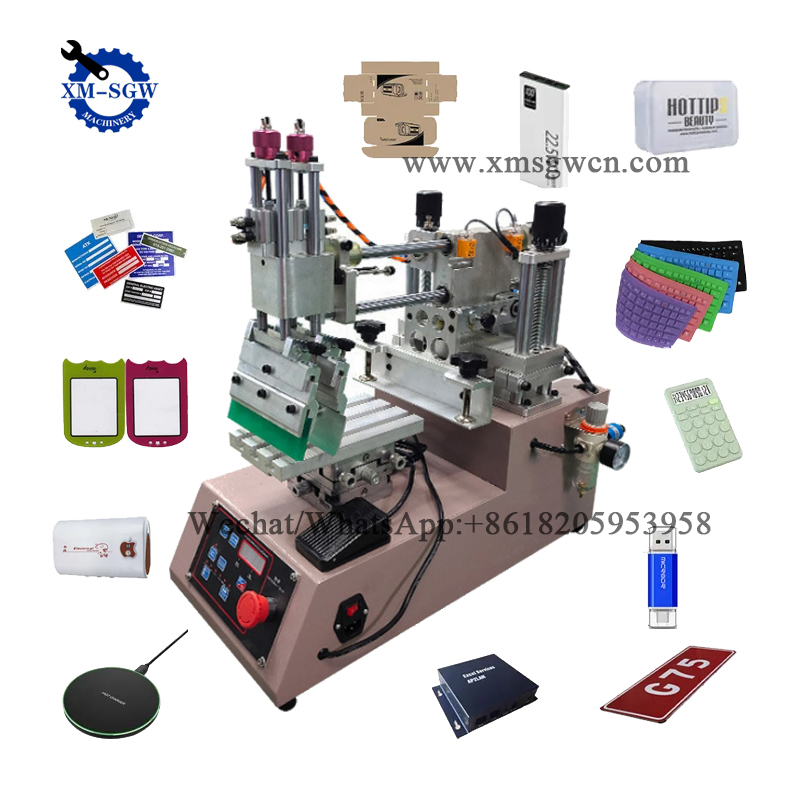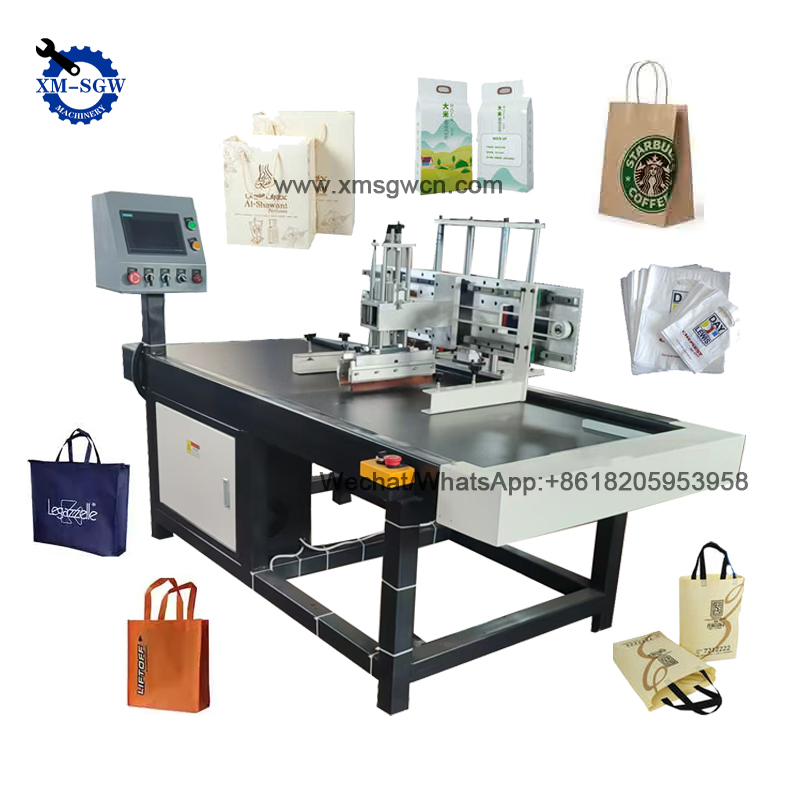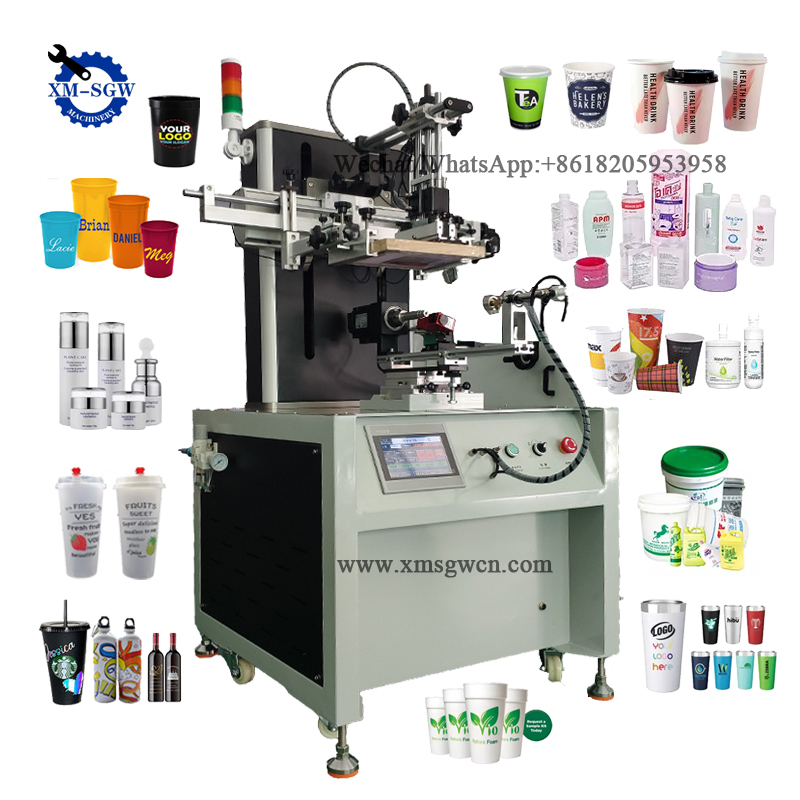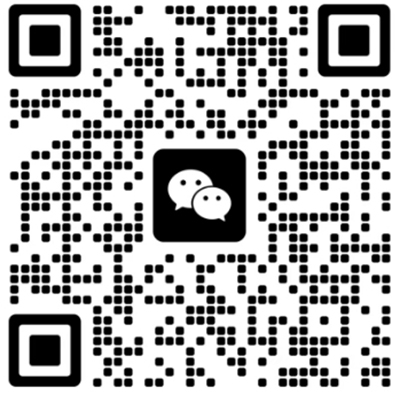Screen printing (also known as silk screening) is a versatile printing technique that brings designs to life on nearly any surface—from t-shirts and mugs to circuit boards and billboards. At the heart of this process lies the screen printing machine, a tool that streamlines and refines the art of transferring ink through a mesh screen onto a substrate. Whether you’re a small business owner launching a custom apparel line or a manufacturer producing industrial parts, understanding how screen printing machines work, their types, and how to choose the right one is key to success. This guide covers everything you need to know about screen printing machines.
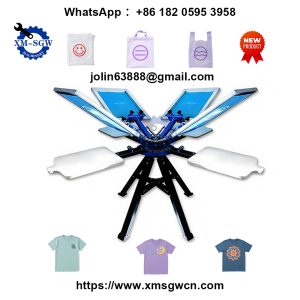
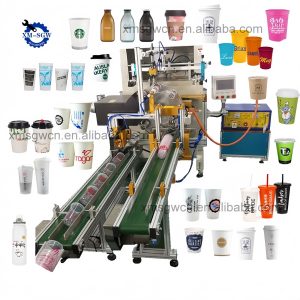
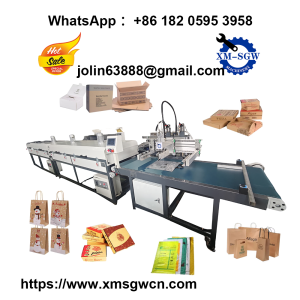
1. How Does a Screen Printing Machine Work?
Screen printing relies on a simple yet effective principle: pushing ink through a stenciled mesh screen to create a design on a substrate. A screen printing machine automates and standardizes this process, ensuring consistency across every print. Here’s a step-by-step breakdown of its core operation:
- Prep the Screen: First, a mesh screen (usually made of polyester or nylon) is coated with a light-sensitive emulsion. A digital or physical stencil of the design is placed over the screen, and the assembly is exposed to UV light. The emulsion hardens where light hits it, while the unexposed areas (the design) wash away—leaving a “stencil” in the mesh.
- Secure the Substrate: The material to be printed (e.g., a t-shirt, plastic part, or paper) is placed on the machine’s printing platen (a flat, stable surface) and secured to prevent shifting.
- Apply Ink: The screen is lowered onto the substrate. A squeegee (a rubber or polyurethane blade) is pulled across the screen, forcing ink through the mesh stencil and onto the substrate.
- Dry/Cure the Print: After printing, the substrate moves to a drying or curing station. For water-based inks, air-drying may suffice; for plastisol or industrial inks, heat (via a conveyor dryer or heat press) or UV light cures the ink, making it durable and wash-resistant.
2. Key Types of Screen Printing Machines
Screen printing machines vary in size, automation level, and purpose—each designed to meet different production needs. Here are the most common types:
a. Manual Screen Printing Machines
- Design: Compact, tabletop or floor-standing models with 1–4 printing stations (each holding a screen) and a single platen. Operators manually lower the screen, pull the squeegee, and advance the substrate.
- Best For: Small-batch production (e.g., custom t-shirts for local events, hobby projects), beginners, or businesses with limited space/budget.
- Pros: Affordable, easy to set up, portable, ideal for testing designs.
- Cons: Slow production speed (10–30 prints per hour), labor-intensive for large orders.
b. Semi-Automatic Screen Printing Machines
- Design: Features 4–12 printing stations and automated screen lowering/squeegee movement. Operators still load/unload substrates and align screens, but the machine handles the printing action.
- Best For: Medium-volume production (e.g., small apparel brands, promotional product companies) that needs faster output than manual machines.
- Pros: Faster speed (50–150 prints per hour), consistent results, less physical strain on operators.
- Cons: Higher cost than manual models, requires more space.
c. Fully Automatic Screen Printing Machines
- Design: Industrial-grade machines with 8+ printing stations, automated substrate loading/unloading (via conveyors), and computerized controls (PLC systems) for precise alignment and ink application. Many include integrated drying/curing units.
- Best For: High-volume production (e.g., large apparel manufacturers, packaging companies, electronics factories) printing thousands of items daily.
- Pros: Ultra-fast speed (200–1,000+ prints per hour), minimal labor, exceptional consistency, suitable for complex multi-color designs.
- Cons: Highest upfront cost, requires professional installation and maintenance, less flexible for small/batch orders.
d. Specialized Screen Printing Machines
- Flatbed Screen Printers: For rigid substrates (e.g., plastic, metal, glass, wood) like phone cases, signs, or ceramic tiles.
- Cylindrical Screen Printers: Designed for curved objects (e.g., mugs, water bottles, pipes) by rotating the substrate during printing.
- Textile Screen Printers: Optimized for fabrics (t-shirts, hoodies, tote bags) with features like platen heating to speed up ink curing.
3. Top Applications of Screen Printing Machines
Screen printing machines excel at printing on diverse substrates, making them indispensable across industries. Here are their most common uses:
a. Apparel & Textiles
- Printing custom designs on t-shirts, hoodies, socks, and sportswear (using plastisol or water-based inks).
- Creating team uniforms, event merch, or brand apparel with bold, long-lasting colors.
b. Promotional Products
- Decorating items like mugs, water bottles, keychains, and tote bags for marketing campaigns.
- Adding logos to hats, pens, or USB drives—screen printing’s durability ensures designs hold up to daily use.
c. Electronics & Industrial Parts
- Printing conductive inks on circuit boards (PCBs) for electronics.
- Applying labels, serial numbers, or warning symbols to metal parts, plastic components, or glass panels (e.g., in appliances or automotive parts).
d. Signage & Advertising
- Producing large-format prints like billboards, banners, and window decals (using weather-resistant inks).
- Creating retail displays, posters, or trade show booth graphics with vibrant, eye-catching colors.
e. Custom Gifts & Crafts
- Personalizing items like ceramic tiles, coasters, or canvas prints for gifts or home decor.
- Making limited-edition art prints or band merch for niche audiences.
4. How to Choose the Right Screen Printing Machine
Selecting a screen printing machine depends on your production goals, budget, and the substrates you’ll print on. Here are the critical factors to consider:
a. Define Your Printing Needs
- Substrate Type: Are you printing on fabric (textile printer), rigid materials (flatbed), or curved objects (cylindrical)? Choose a machine designed for your substrate.
- Print Volume: Small batches (10–100 items/week) = manual machine; medium batches (100–1,000 items/week) = semi-automatic; large batches (1,000+ items/week) = fully automatic.
- Number of Colors: For single-color designs, a 1–2 station machine works. For multi-color designs (e.g., 4–6 colors), opt for a machine with 4+ stations to avoid reloading screens.
b. Evaluate Machine Features
- Print Size: Ensure the machine’s platen size fits your largest substrate (e.g., a 16×20-inch platen for adult t-shirts, a 24×36-inch platen for large signs).
- Ink Compatibility: Check if the machine works with your preferred ink type (plastisol, water-based, UV-curable, conductive). Some machines have specialized squeegees or heating systems for specific inks.
- Accuracy & Alignment: Look for machines with micro-adjustment knobs (for screen alignment) and sturdy platens (to prevent substrate shifting)—critical for multi-color prints.
c. Consider Budget & Space
- Cost: Manual machines range from $500–$3,000; semi-automatic from $3,000–$15,000; fully automatic from $15,000–$100,000+. Factor in ongoing costs (ink, screens, maintenance).
- Space: Manual machines fit in small workshops (2–4 sq. meters); fully automatic models need industrial space (10–20 sq. meters) plus room for drying stations.
d. Check for Support & Warranty
- Choose a manufacturer that offers training (especially for semi/automatic machines) and responsive customer support.
- Look for a warranty of 1–3 years covering parts (e.g., squeegees, motors) and labor—this protects your investment.
5. Maintenance Tips to Keep Your Machine Running Smoothly
A well-maintained screen printing machine delivers consistent results and lasts longer. Follow these tips:
-
Daily Maintenance:
- Clean screens and squeegees after each use to remove ink buildup (use ink remover or solvent compatible with your ink type).
- Wipe down the platen with a damp cloth to remove dust or ink smudges.
- Check for loose bolts or screws (tighten if needed) and ensure the squeegee blade is not damaged (replace if cracked).
-
Weekly Maintenance:
- Lubricate moving parts (e.g., screen hinges, conveyor belts) with a lightweight machine oil to reduce friction.
- Inspect the mesh screens for tears or holes—replace damaged screens to avoid print defects.
- Calibrate the squeegee pressure (too much pressure causes ink bleed; too little leaves gaps).
-
Monthly Maintenance:
- Deep-clean the machine’s frame and components to remove ink residue or debris.
- Check the electrical connections (for automated machines) to ensure safety and prevent malfunctions.
- Test the drying/curing system (if included) to verify temperature accuracy (use a thermometer).
-
Annual Maintenance:
- Hire a professional technician to inspect internal components (e.g., motors, pneumatic systems) and replace worn parts (e.g., belts, gaskets).
6. Common FAQs About Screen Printing Machines
Q1: Can I print on dark-colored substrates with a screen printing machine?
Yes! For dark fabrics or materials, use a “white underbase”—print a layer of white ink first, then apply colored inks on top. This ensures the design stands out. Most semi/automatic and automatic machines handle underbasing easily.
Q2: How long does it take to learn to use a screen printing machine?
Manual machines take 1–2 days to master (focus on alignment and squeegee pressure). Semi-automatic machines may take 1–2 weeks to learn, while fully automatic machines require 2–4 weeks (due to computerized controls).
Q3: Is screen printing better than digital printing (e.g., DTG)?
It depends on your needs:
- Screen Printing: Better for large batches, bold colors, and durable prints (e.g., t-shirts, industrial parts).
- Digital Printing: Better for small batches, complex designs (e.g., photos), and quick turnaround (e.g., custom mugs).
Q4: What’s the average lifespan of a screen printing machine?
With proper maintenance:
- Manual machines: 5–10 years.
- Semi-automatic machines: 8–15 years.
- Fully automatic machines: 10–20 years.
Final Thoughts
A screen printing machine is a powerful investment for businesses looking to create custom, durable prints at scale. By understanding your production needs, choosing the right machine type, and following a regular maintenance routine, you can unlock endless possibilities—from custom apparel to industrial labels. Whether you’re just starting out or scaling up, the key is to match the machine to your goals: a manual model for testing ideas, a semi-automatic for growing demand, and a fully automatic for high-volume success.
If you’re unsure which screen printing machine fits your business, reach out to a reputable supplier for a demo or consultation—they can help you tailor a solution to your unique needs.
